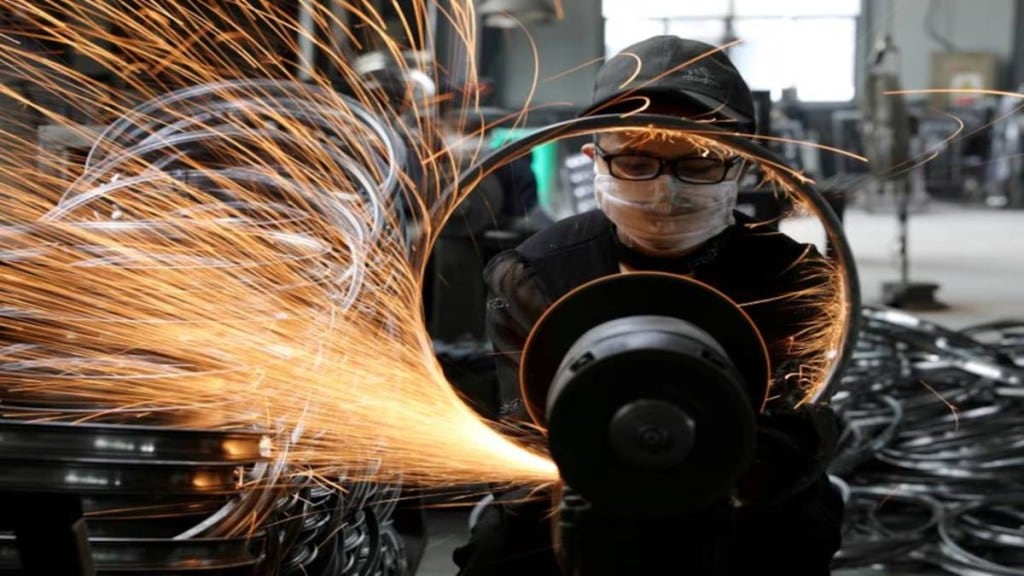India’s manufacturing Purchasing Managers’ Index (PMI) for the month of March continued to expand with HSBC PMI for the sector coming in at 59.1 as against 56.9 in February. According to the HSBC India Manufacturing Purchasing Managers’ Index, compiled by S&P Global, the March numbers climbed to a 16-year high on the back of the strongest increases in output and new orders since October 2020, parallel to the second-sharpest upturn in input inventories in the history of the survey. The notable improvement in operating conditions reflected stronger growth of new orders, output and input stocks as well as renewed job creation, it said.
Ines Lam, Economist at HSBC, said, “India’s March manufacturing PMI rose to its highest level since 2008. Manufacturing companies expanded hiring in response to strong production and new orders. On the back of strong demand and a slight tightening in capacity, input cost inflation picked up in March.”
The March manufacturing PMI, at 59.1, is above the key level of 50, which separates expansion in activity from contraction, for the 33rd month in a row. Even so, it is below the flash estimate of 59.2.
According to the PMI data released today, growth of new orders accelerated to the quickest in nearly three-and-a-half years during March, amid reports of buoyant demand conditions. “Inflows of new work strengthened from both domestic and export markets, the latter reportedly reflecting better sales to Africa, Asia, Europe and the US. New export orders increased at the fastest pace since May 2022,” it said. Growth, it added, quickened across the consumer, intermediate and investment goods sectors. As was the case for new orders, the steepest expansion in production was seen at investment goods makers.
Quantities of purchases increased at the quickest rate since mid-2023, and was amongst the strongest in nearly 13 years, as companies sought to build-up stocks in advance of expected improvements in sales. As a result of this, inventories of purchases increased to the second-greatest extent in the survey history. Capital goods was the brightest area regarding both input buying and stockpiling, the release said.
Manufacturers in India, in March, took on additional workers after leaving the payroll numbers broadly unchanged in the previous two months. While the pace of job creation was mild, the HSBC report stated that it was the best since September 2023.
“Despite remaining modest by historical standards, cost pressures were at their highest in five months. Companies reported having paid more for cotton, iron, machinery tools, plastics and steel,” it said. In response to this, a few companies opted to increase their selling prices in March and several others refrained from hiking their fees focusing on customer retention. Collectively, output charge inflation softened to the weakest in over a year.
The results for March provided a mixed picture regarding the outlook for the Indian manufacturing sector. Companies remained confident on average, with 28 per cent forecasting output growth in the year ahead and 1 per cent expecting a contraction. “Planned marketing, new product enquiries and buoyant demand were all cited as reasons for optimism. The overall level of sentiment remained elevated, but slipped to a four month low as inflation concerns weighed on confidence,” said S&P Global.

